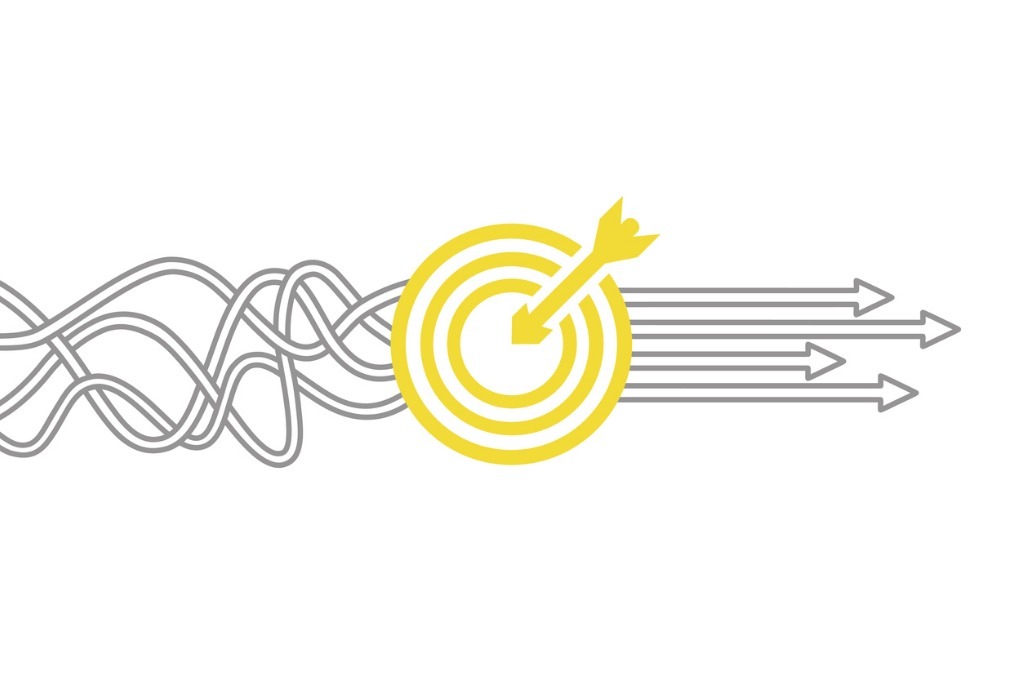Project teams love their methodologies and for good reason. If you launch a project without structure, you’re setting yourself and the team up for failure. Teams typically choose a planning methodology that best fits the nature of their work; they then use that methodology to structure their work. For example, manufacturing typically goes with a Waterfall method; dev teams like Agile. The result might go something like this:
Software dev manager: “I need a burndown chart; this Gantt chart tells me nothing.”
Biz dev manager: “Burndown chart—where am I going to get that?”
Methodologies
Often times, teams within the same organization use different methodologies and PM platforms—a dev team works in an Agile-specific tool, and an IT team in something else, sometimes even spreadsheets. With the increasing popularity of Agile processes, there might even be a “We-are-Agile” mandate imposed on the company, which can wreak havoc on some teams’ processes.
Here are the top problems of juggling different PM methodologies within an organization.
- Managing dependencies across projects can be a nightmare.
- It’s difficult to get a comprehensive view of the priorities of cross-functional teams.
- It’s also difficult to get a complete view of the workload or availability of various teams’ members.
- Scheduling tools don’t always mix and match sprint-based and phase-based tasks.
- It takes a lot of reworking to add updates and changes to the project plan.
- Agile teams often want a different view of their projects than their non-Agile teams.
- Reporting tools fall short of what’s needed.
What often happens is that project teams continue to work in separate methodologies than others and just deal with it—hassles and all. But what if there was a project management solution that accommodated various methodologies, and gave your organizations one space where teams could plan and schedule projects however they like?
Benefits
Here are some of the benefits of integrating methodologies into one PM solution.
- Teams collaborate more effectively.
- Managers get more exact and comprehensive project insight.
- You can run reports that show the entire project, rather than a report per team.
- You can manage and allocate resources more accurately.
- The process of managing a portfolio of projects—and anticipating risks—gets much, much easier.
- The process makes project work so much better, that software adoption goes through the roof.
Here are some of the ways LiquidPlanner integrates methodologies into one PM tool.
With LiquidPlanner, various project management methodologies can co-exist in a single, shared planning tool. Here’s how our features unite methodologies into one unified workspace.
Project structures match the way you work.
There are no pre-defined project structures in a LiquidPlanner workspace. We don’t differentiate between methodologies; projects are just work items, and you can structure your project the way you want to. For example, teams can arrange project work in a number of ways. If one team is Waterfall they can build out a work breakdown structure in a traditional project, subproject/phase, and task format. If another team, or project, is Agile, you can use our Packages to take backlog work and group it into sprints instead. You can also organize work by time (weeks and months); set up packages to organize projects by Active and Pending, and a lot more.
Priorities are always clear.
Whether team members have two projects or 20, priorities are always reflected in how high up in the project plan structure they’re placed. So no matter what processes your various teams are following—priorities will always be crystal clear, and easy to update.
Your schedules are always reliable and updated, no matter how you plan.
LiquidPlanner takes the priorities you set then applies automatic resource leveling to generate realistic schedules—no matter what methodology you use. And it does this for all projects and tasks in your workspace. If you’re sharing resources between Agile and non-Agile projects, you get a unified view of what work is being done when and by whom—with no need to burn hours sweating dependencies.
You can select different project views.
LiquidPlanner provides a host of views and reports which you can apply to any project. This way you can provide and access project information in various formats from Gantt charts, PDFs, and burndown charts to baseline views and Card View (our version of Kanban).
Your team’s method matters, but there’s no reason for methodologies to keep teams from collaborating seamlessly on project work and to keep managers from being able to access a unified view into a portfolio of projects. Just pick a platform that works for everyone!
Project management is hard work! This blog shares a preview of Part 7 of our nine-part eBook about common PM pain points. To learn more about how to solve PM challenges, and turn them into opportunities, download our eBook, How to Solve the Top 9 Project Management Challenges.

 Schedule a demo of LiquidPlanner with a product expert today
Schedule a demo of LiquidPlanner with a product expert today







